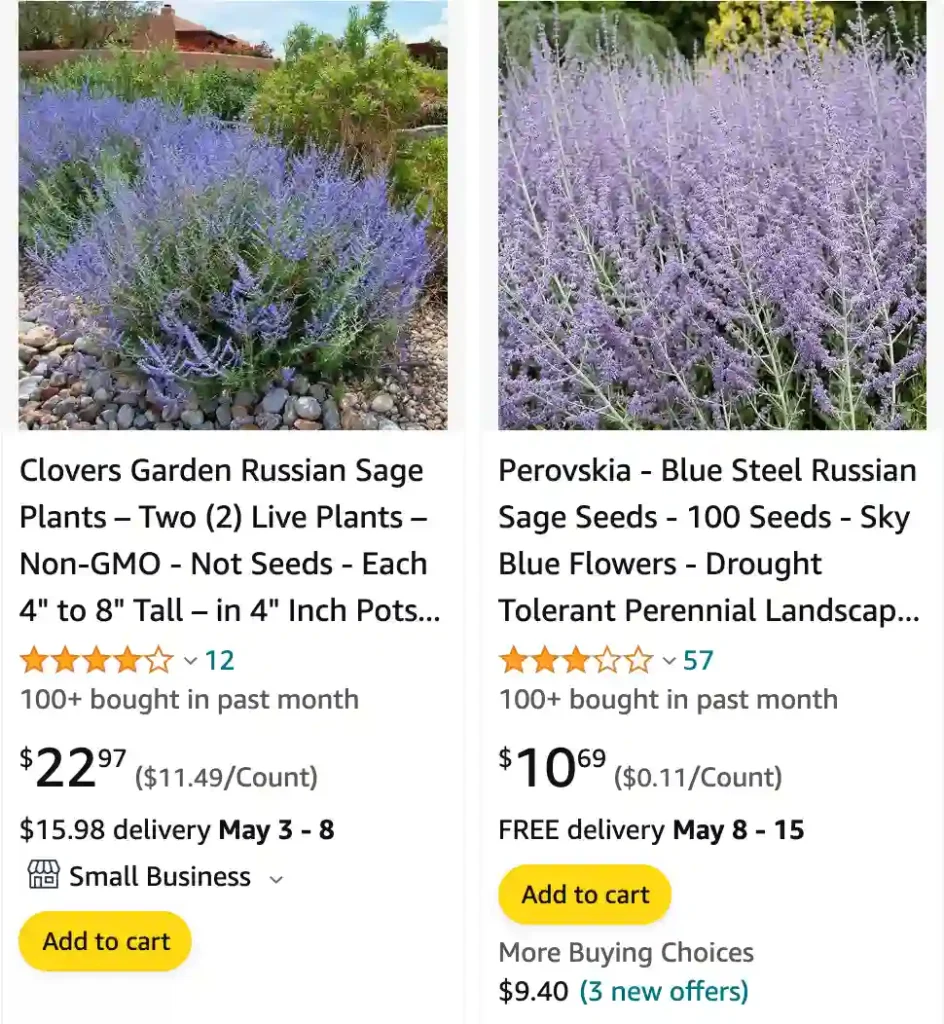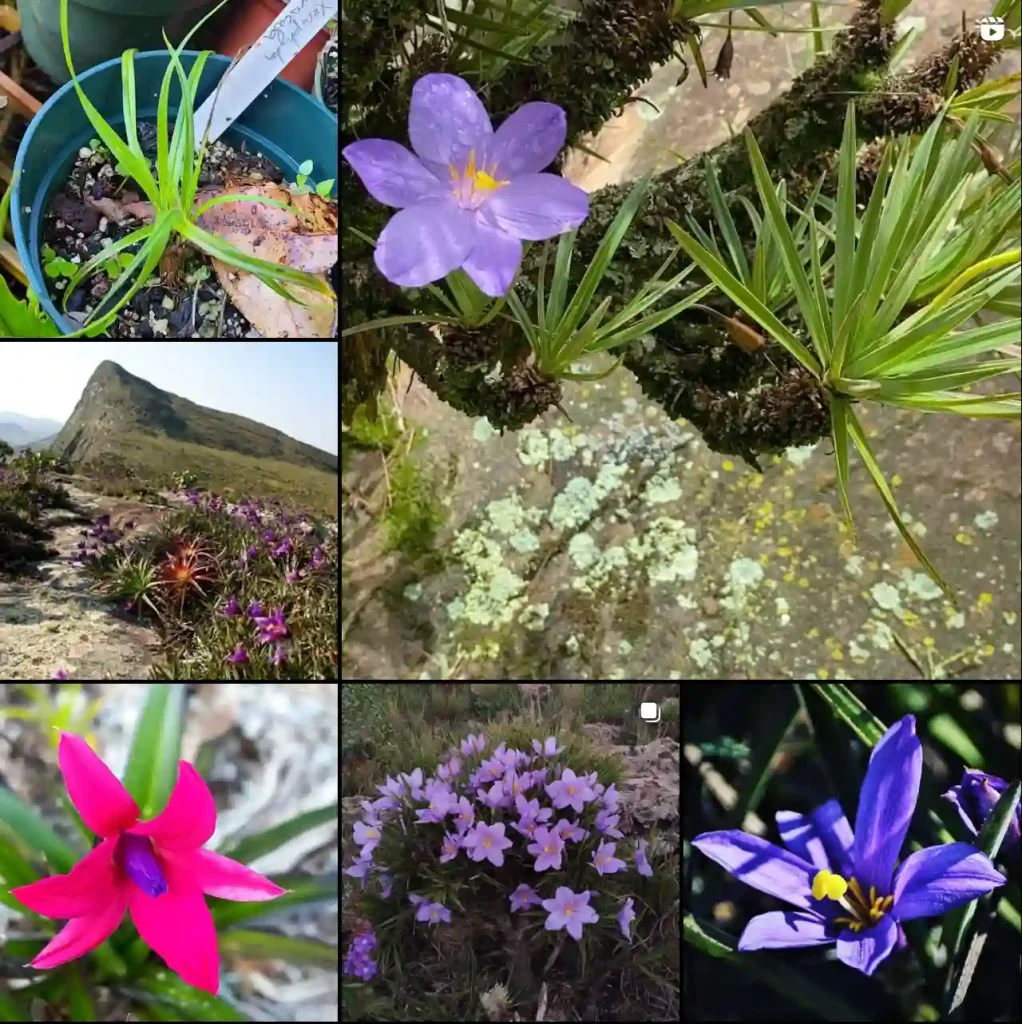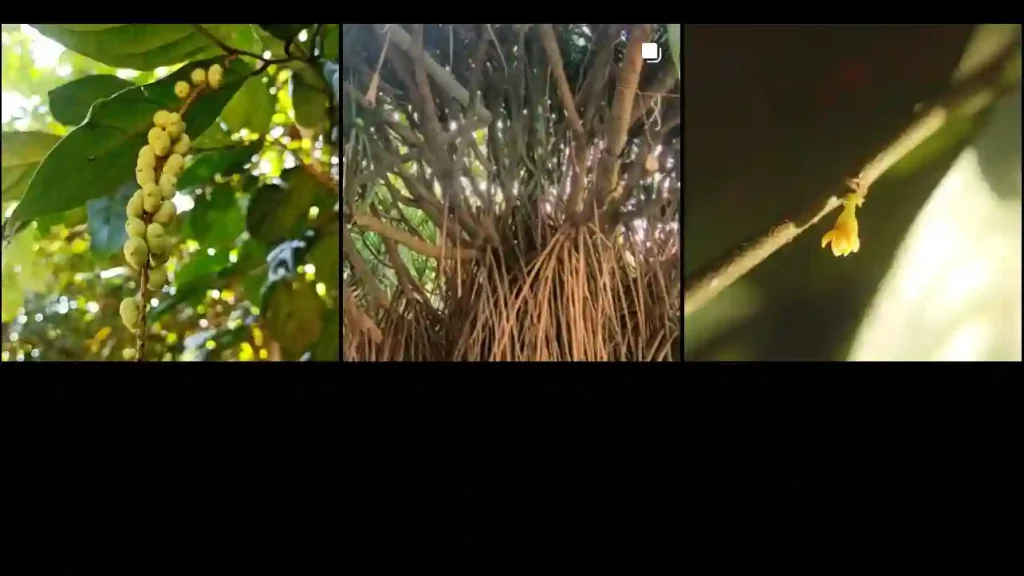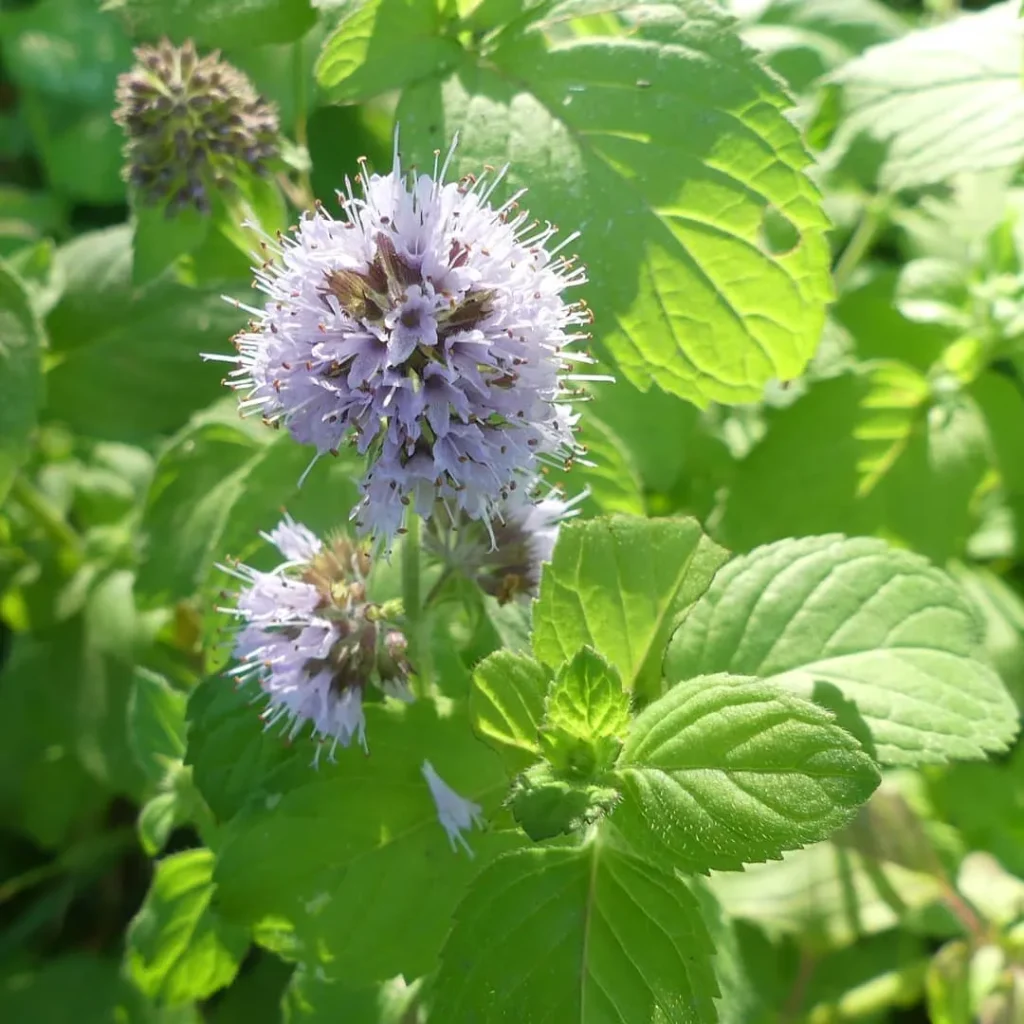
1050 Species in Genus Salvia
Is Russian sage edible?
I’ve never personally tried eating Russian sage, but I do know it’s not typically considered edible in the culinary sense. While some people might use it for herbal teas or medicinal purposes, it’s not commonly consumed as a food. Plus, I’ve heard that it can have a strong, somewhat bitter flavor, which might not be to everyone’s taste. Overall, I’d say it’s best to stick to enjoying its beauty in the garden rather than trying to add it to your dinner plate.
When to prune Russian sage?
Pruning Russian sage has been a bit of trial and error for me, but I’ve found that the best time to do it is in the late spring or early summer, just as new growth begins to emerge. I usually wait until I see those first signs of green sprouting up from the base of the plant. At this point, I’ll trim back the old growth to about a third of its height. This helps to encourage bushier growth and more vibrant blooms throughout the season. Plus, it keeps the plant from getting too leggy and unkempt-looking. Overall, I’ve found that this timing works well for maintaining the health and appearance of my Russian sage.
When to cut Russian sage back?
I’ve found that cutting back Russian sage is best done in the late winter or early spring, just before new growth starts to emerge. For me, this typically falls around late February to early March. At this time, the plant is still dormant, and trimming it back helps to stimulate fresh growth when the weather warms up. I usually cut the plant back to about 6-12 inches above ground level, removing any dead or woody stems. This rejuvenates the plant and encourages it to produce strong, healthy growth during the growing season. Plus, it’s much easier to see what needs to be pruned when the plant is bare in the winter. Overall, I’ve found that this timing helps to keep my Russian sage looking its best year after year.
Is Russian sage deer resistant?
In my experience, Russian sage has proven to be relatively deer-resistant. I’ve planted it in my garden, which is visited by deer occasionally, and it seems to be one of the plants they generally avoid. However, I wouldn’t say it’s completely deer-proof. In times of extreme hunger or in areas with high deer populations, they might nibble on it or browse on the leaves, especially if other food sources are scarce. But overall, Russian sage seems to be less appealing to deer compared to some other garden plants. It’s been a reliable choice for me in creating a landscape that’s less enticing to deer.
Is Russian sage invasive?
Russian sage (Perovskia Atriplicifolia) is not typically considered invasive in most areas. However, it can self-seed quite readily under the right conditions, which may lead to it spreading beyond its original planting area. In some regions with particularly favorable growing conditions, Russian sage has been reported to naturalize and spread more aggressively, which could potentially pose a problem in certain ecosystems. In my own experience, I’ve found that keeping the plant’s growth in check through regular pruning and deadheading can help prevent it from spreading too aggressively. Overall, while it’s not classified as invasive in most places, it’s still important to monitor its growth and take steps to prevent it from becoming a nuisance in the garden.
Is Russian sage toxic to dogs?
Yes, Russian sage can be toxic to dogs if ingested in large quantities. While it’s not considered highly toxic, it can cause gastrointestinal upset, including vomiting and diarrhea, if consumed in significant amounts. Additionally, the essential oils present in Russian sage can be irritating to dogs’ mouths and digestive systems. It’s always best to prevent dogs from consuming any plant material unless it has been confirmed to be safe for them. If you suspect your dog has ingested Russian sage or any other potentially harmful plant, it’s important to contact your veterinarian for advice immediately.
Where to buy Russian sage?
You can typically find Russian sage available for purchase at various garden centers, nurseries, and online plant retailers. Personally, I’ve had success finding Russian sage at local nurseries and garden centers during the spring and summer months, when they tend to have a wide selection of perennial plants available. Additionally, many online retailers offer Russian sage plants for sale, providing a convenient option for purchasing if you’re unable to find it locally or if you prefer the convenience of online shopping. When buying Russian sage, it’s important to choose healthy, well-established plants with strong root systems to ensure they thrive in your garden.
How to keep Russian sage from falling over?
Keeping Russian sage from falling over can be a bit tricky, especially since it tends to have a somewhat open and airy growth habit. One effective method I’ve found is to provide support for the plant by using stakes or a plant support system. Early in the growing season, I’ll place stakes around the perimeter of the plant and gently tie the stems to the stakes using soft plant ties or twine. This helps to provide additional support and stability as the plant grows taller and heavier. Another approach is to plant Russian sage in a location where it’s sheltered from strong winds, which can help prevent it from leaning or falling over. Additionally, regular pruning can help to promote stronger, more compact growth that is less likely to flop over. By combining these strategies, I’ve been able to keep my Russian sage upright and looking its best throughout the growing season.
What is Russian sage good for?
Russian sage serves several purposes in the garden beyond its ornamental value. Its aromatic foliage helps to deter deer and rabbits, making it a good choice for gardens in areas with wildlife pressure. Additionally, Russian sage is attractive to pollinators such as bees and butterflies, making it a valuable plant for supporting local ecosystems. Some gardeners also use Russian sage in herbal remedies and teas, as it is believed to have medicinal properties such as anti-inflammatory and antimicrobial effects, though it’s important to consult with a healthcare professional before using it for medicinal purposes. Overall, Russian sage is a versatile and valuable addition to the garden, providing beauty, wildlife habitat, and potential health benefits.
Can you cook with Russian sage?
While Russian sage is not commonly used in cooking like culinary herbs such as basil or thyme, some people do incorporate it into recipes for its aromatic qualities. The leaves of Russian sage have a somewhat pungent and earthy flavor, which can be used to add a subtle herbal note to dishes. However, it’s important to use Russian sage sparingly and with caution, as its flavor can be quite strong and may overpower other ingredients if used in excess. Some cooks experiment with adding small amounts of finely chopped Russian sage leaves to salads, marinades, or savory dishes for a unique flavor twist. Overall, while Russian sage is not a traditional culinary herb, it can be used creatively in the kitchen for those who enjoy experimenting with different flavors.
Can you smoke Russian sage?
I wouldn’t recommend smoking Russian sage or any other plant material, as inhaling smoke can be harmful to your health. While some plants are traditionally smoked or burned as part of cultural or spiritual practices, Russian sage is not typically used in this way. In addition, burning plant material can release potentially harmful compounds into the air, which can be irritating to the respiratory system and may pose health risks, especially if done indoors or in poorly ventilated areas. If you’re interested in experiencing the aroma of Russian sage, I’d suggest enjoying it in the garden or using it to make herbal teas or potpourri, rather than smoking it.
Does Russian sage attract bees?
Yes, Russian sage is known to attract bees and other pollinators to the garden. The small, fragrant flowers of Russian sage produce nectar and pollen, making them a valuable food source for bees. As a result, Russian sage is often included in pollinator-friendly gardens and landscapes to support bee populations and promote biodiversity. The sight of bees buzzing around the delicate purple blooms of Russian sage is not only a delight to observe but also serves an important ecological function by facilitating pollination and the reproduction of plants.
Does Russian sage repel mosquitoes?
While Russian sage is not specifically known as a mosquito repellent plant, some people believe that the strong aroma of its foliage may help to deter mosquitoes to some extent. However, there is limited scientific evidence to support this claim. The effectiveness of Russian sage as a mosquito repellent is likely to vary depending on factors such as the concentration of aromatic compounds in the plant, environmental conditions, and the species of mosquitoes present in a particular area. While Russian sage may offer some degree of mosquito protection in the immediate vicinity of where it’s planted, it’s unlikely to provide complete protection on its own. For effective mosquito control, it’s best to use a combination of methods, such as removing standing water, using mosquito repellents, and planting a variety of mosquito-repellent plants in your garden.
If i die, water my plants!



